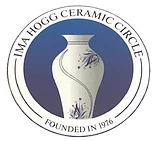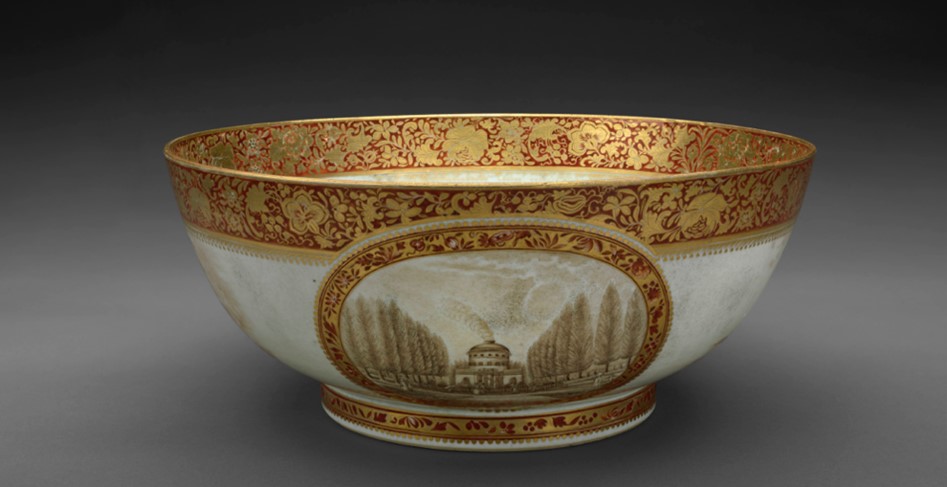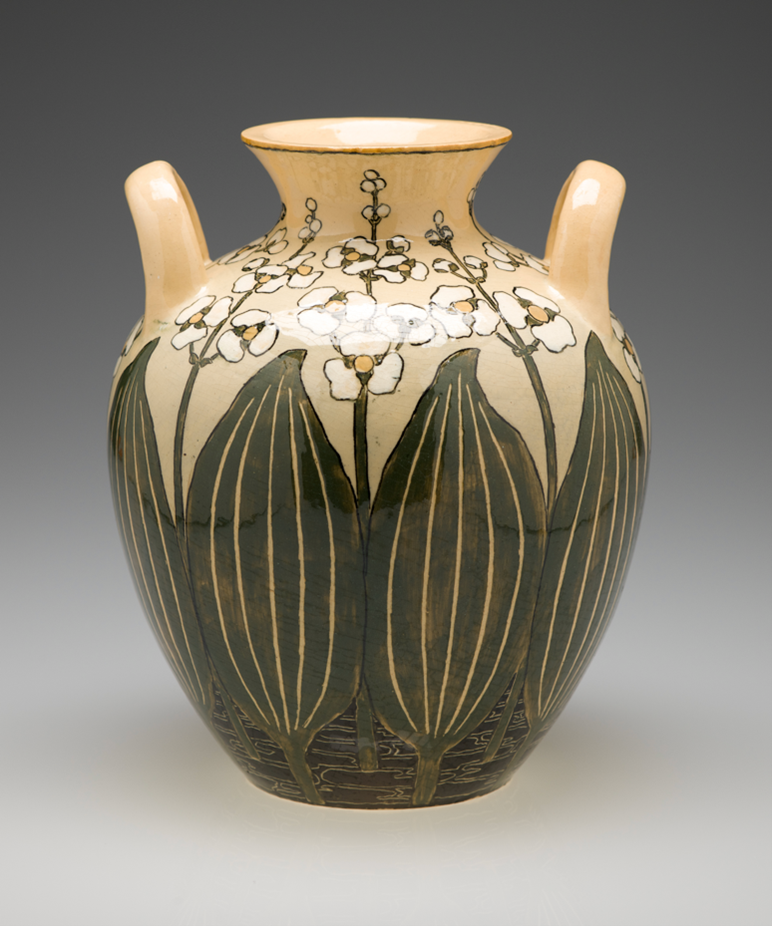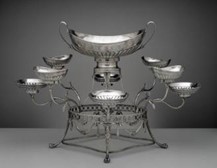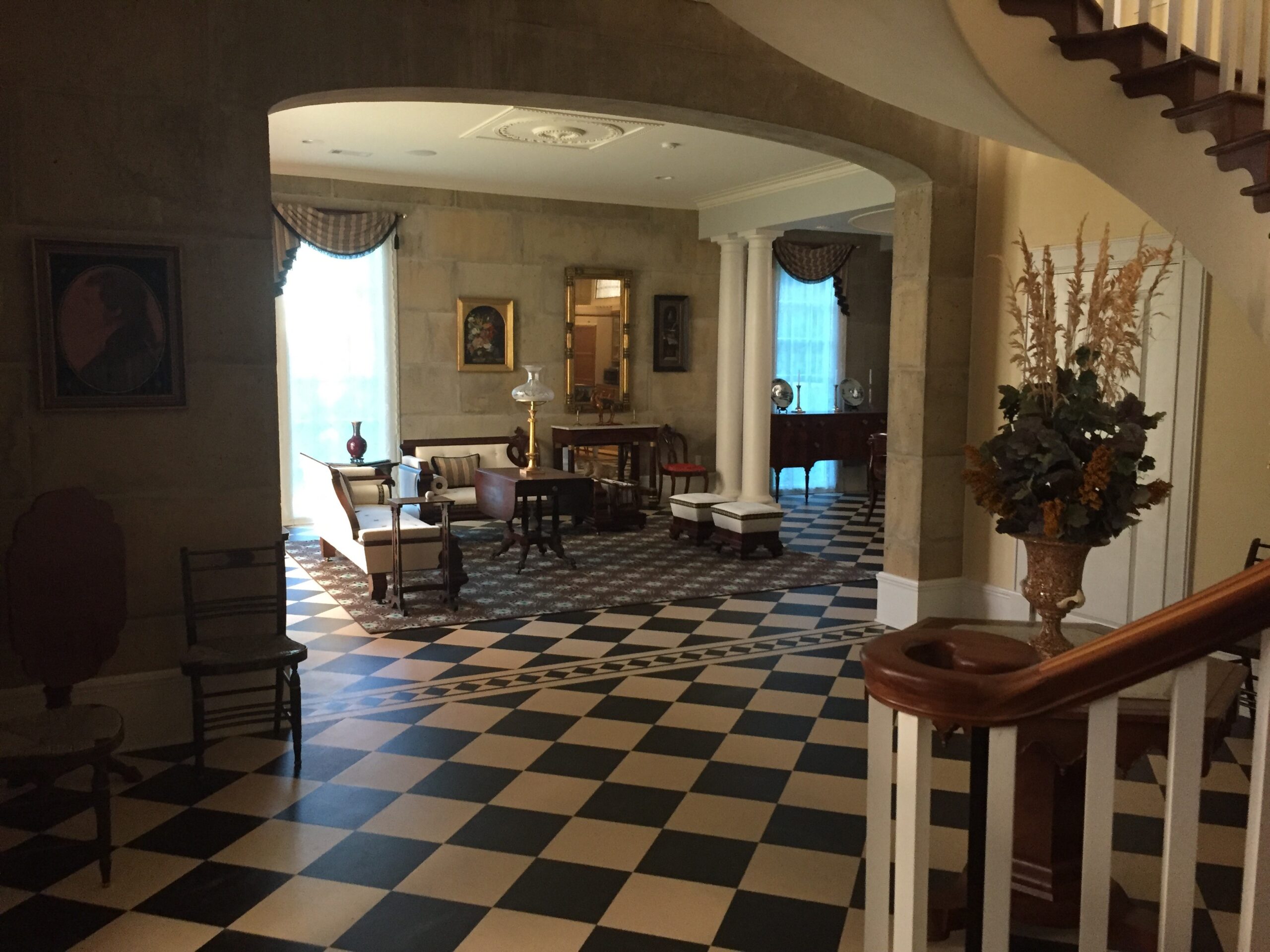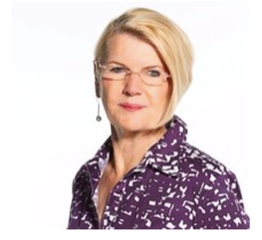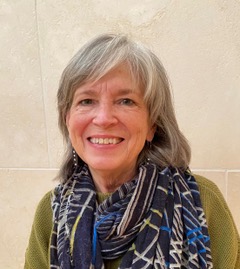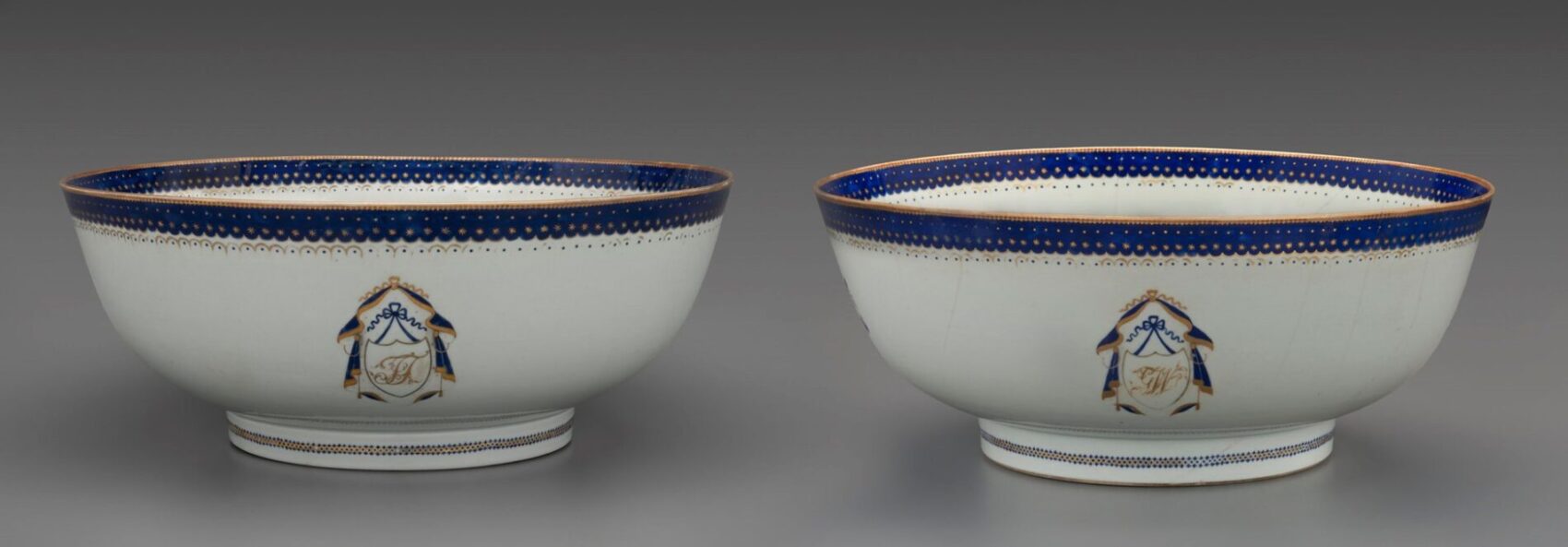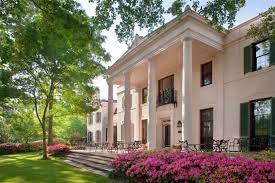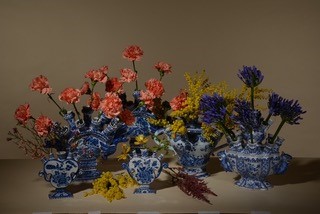On the Hunt: Seven Years of Ceramics for Bayou Bend
Lora Jean Kilroy Center, MFAH 6003 Memorial Drive, Houston, TXJoin curator Bradley Brooks to explore and discuss ceramic acquisitions for the Bayou Bend Collection, from the seventeenth century to the nineteenth, and from stoneware to porcelain, from identified needs to unexpected opportunities. This look at recent acquisitions will highlight the tremendous historical and aesthetic range of Bayou Bend’s ceramics collection.
